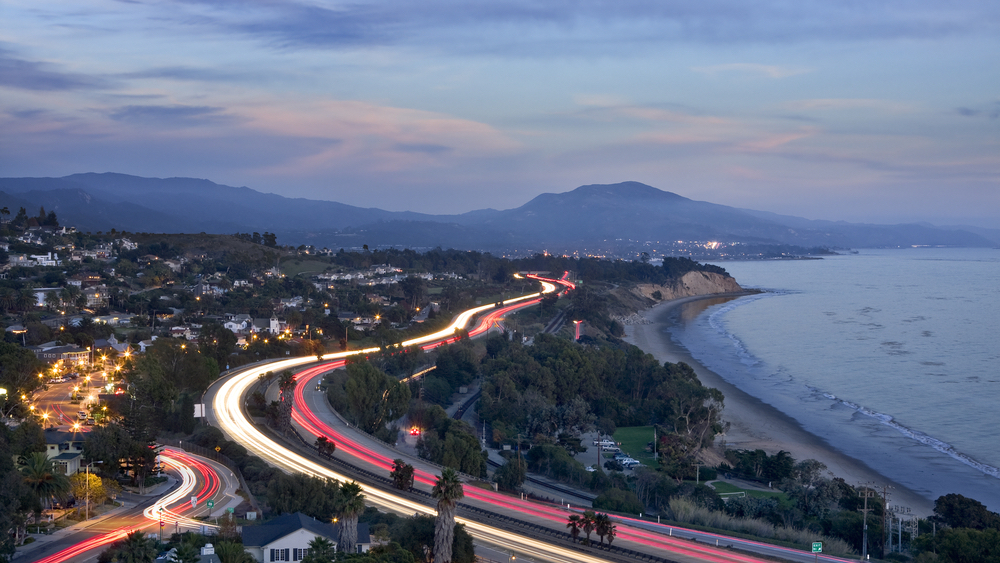
The nonprofit Direct Relief’s pharmaceutical warehouse in Santa Barbara, California now has a solar-powered microgrid, equipped with a Tesla battery and software. There are 999 solar panels on the roof which will help keep the facility running – and keep vital medicine refrigerated – if an earthquake or other disaster shuts down the grid.
“We knew the vulnerabilities in California of the power grid,” says Thomas Tighe, CEO of Direct Relief, a humanitarian aid organization with the goal to, “help people affected by poverty or in emergency situations.”
The organization did have a diesel generator to be used in emergencies, but was concerned about pollution and the fact that a generator is not a fail safe system, particularly in a long-term disaster.
“Diesel generators are not optimal to run for extended periods of time, 24/7, as they were in Puerto Rico for more than six months,” Tighe said. “The fuel supply is an issue. The maintenance of the machines is an issue.”
Under normal usage, the microgrid can help the nonprofit save on its electric bills by getting credit for the solar energy it sends into the grid, and by storing energy that it can later use at peak hours when costs are higher. In a disaster, the system can switch to the new system that relies on the on-site solar panels and Tesla’s Powerpack batteries.
The microgrid can run the entire warehouse- from keeping medicine-filled refrigerators cold to running servers with critical data – making it possible to ensure continuous service to the nonprofit health centers and clinics it supplies after disasters.
“The people that they care for are those without really many other options–uninsured people, low-income patients, undocumented patients,” says Tighe. “Those people are vulnerable on a good day, and they’re particularly vulnerable as these emergencies unfold.”
